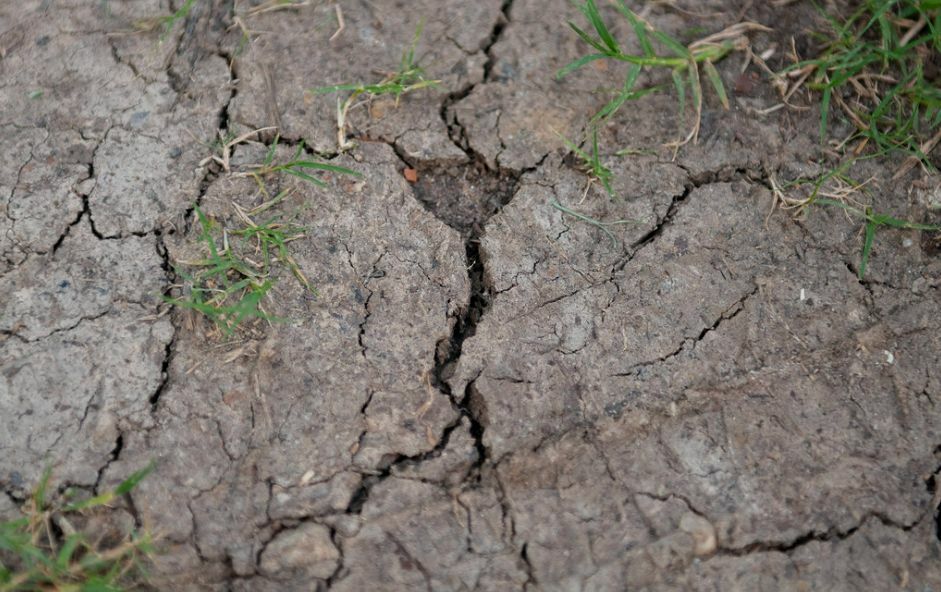Dry spell dilemma: Thai researchers sound the alarm over El Nino’s thirsty forecast

Thai researchers are currently raising the alarm as they predict a potential drought crisis in the coming years, due to the El Nino weather pattern causing lower than average rainfall. Consequently, proactive measures and comprehensive water management plans are urgently needed to mitigate the impact of the impending water scarcity.
A conference discussing climate change, water resource management, and strategies for tackling future challenges was recently held by the Thailand Science Research and Innovation (TSRI). Researchers and officials from related agencies attended the event to share their knowledge on the issue.
A TSRI-sponsored research team shared their findings, forecasting a highly likely period of reduced rainfall lasting until 2028. Chalump Oonariya, a researcher from the Meteorological Department, explained that the effects of El Nino are expected to persist for the next five years, causing a decrease in average rainfall. The south of Thailand is predicted to experience severe drought in 2025, and by 2028 extensive drought conditions will likely affect larger areas.
However, a study is underway to examine the correlation between rainfall, streamflow, and soil moisture in order to devise drought preparation strategies to battle the ongoing Thai drought. Kanoksri Sarinnapakom, leader of the climate and weather department at the Hydro-Informatics Institute, emphasised the importance of preparing for uncertainties due to El Nino’s lasting effects, which will lead to decreased rainfall and increased drought likelihood.
Chaiyapong Thepprasit, head of the irrigation engineering department at Kasetsart University’s faculty of engineering, presented an assessment of water-storage requirements for the 2023-2024 dry season. By studying water flow into the Bhumibol Dam in Tak province and Sirikit Dam in Uttaradit province, it is estimated that the Bhumibol Dam will hold approximately 7.98 billion cubic metres of water, or 44% above the average amount over the past 23 years, while the Sirikit Dam will hold 3.21 billion cu/m, which is 46% less than the average amount over the past 15 years.
Water supplies
Although heavy rainfall is predicted between next month and August, Thepprasit added that El Nino will unlikely cause significant harm this year as there are currently sufficient water supplies in the country. However, the situation of Thai drought could deteriorate if low rainfall continues for a prolonged period, reported Bangkok Post.
Thanet Somboon, director of the Bureau of Water Management and Hydrology under the Department of Royal Irrigation, acknowledged the challenges of water management during the season of Thai drought. Despite drought conditions, some farmers continue to plant rice on more than 2.2 million rai of land, requiring the department to release water from dams to support them. Somboon confirmed that measures have been implemented to ensure adequate water supplies for both consumption and agriculture. Thanet said…
“Next year, we expect around 9 billion cu/m of water to be used and consumed. We will ensure that there is enough water for consumption and the preservation of the ecological system. We also plan to allocate 5 billion cu/m of water to the farming sector.”
The World Meteorological Organization recently reported that the probability of El Nino developing later this year is increasing.
This event would create the opposite effect on weather and climate patterns compared to the long-lasting La Nina, triggering higher global temperatures and Thai drought conditions.
With the La Nina phenomenon having ended after three years, the tropical Pacific is now in an El Nino-Southern Oscillation (Enso)-neutral state, with a 60% chance of transitioning to El Nino between May and July 2023. This likelihood will rise to about 70% between June and August, and even further to 80% from July to September.
Latest Thailand News
Follow The Thaiger on Google News:


























